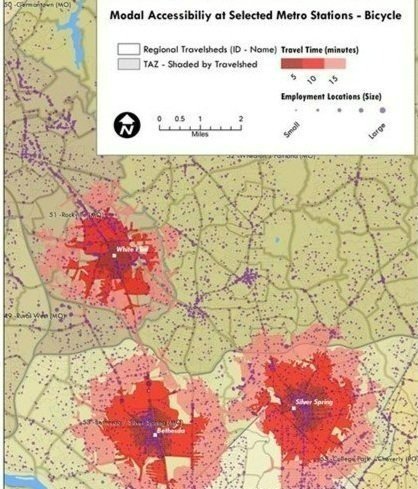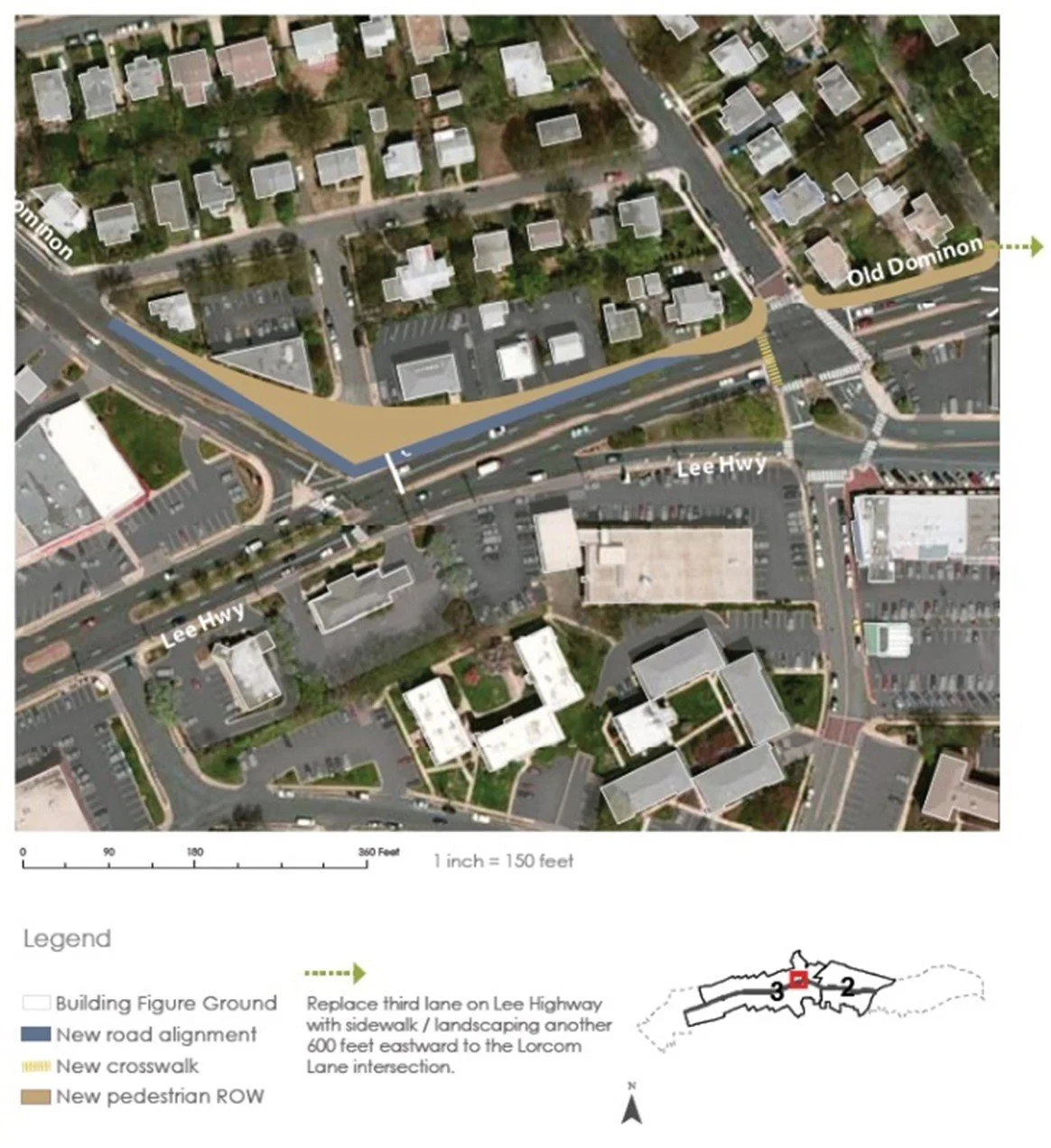TRANSPORTATION/LAND USE CONNECTIONS (tlc) PROGRAM
Metropolitan Washington Council of Governments (MWCOG)
The TLC helps support local jurisdictions in the Washington, D.C. region plan and design vibrant communities while promoting regional policy goals, such as housing, growth, and transit infrastructure. The TLC program advances discrete projects as requested by MWCOG member jurisdictions while seeking transferable strategies that can benefit all communities in the region. Since 2012, Renaissance has been working with the MWCOG on a variety of these annual technical assistance projects. The projects include:
Transit Oriented Development Housing Needs Analysis
Montgomery County Bikesharing Policy
Healthy By Design for Affordable Housing Guidelines
Arlington County Lee Highway Multimodal Needs Assessment
Prince William County Mixed-Use & Multimodal Connectivity & Gainesville Virginia Railway Express (VRE) Stations
Prince William County Mixed-Use Zoning District
Transit Oriented Development Housing Needs Analysis
Renaissance created an analytical methodology and strategic framework for addressing the housing needs near transit station in a variety of contexts. A central element of the analysis was developing a rigorous approach that delivered both useful findings for the selected stations and a template for applying the methodology to other stations across the region. The final report addressed the needs of the ten selected stations while also establishing a methodological framework for assessing other stations where TOD housing is a priority focus.
Montgomery County Bikesharing Policy
Renaissance worked with the Maryland-National Capital Park and Planning Commission and the Montgomery County Department of Transportation to assess the linkage between planned expansion of the Capital Bikeshare system into Montgomery County and the potential for amending developer requirements for parking or local traffic improvements associated with bikeshare station implementation. The analysis included an assessment of the degree which bikeshare trips either replace auto trips, or provide a “last-mile” connection that helps convert auto trips to transit trips. This assessment utilized observed Capital Bikeshare trip data and person-trip generation estimates from the MWCOG regional model to develop bikeshare mode estimates for different travelsheds in the region where bikesharing exists or is proposed. The study confirmed that bikeshare systems can capture a meaningful proportion of total trips in the Washington DC area core where land use density, diversity, and demographics facilitate bikeshare use.
Healthy by Design for Affordable Housing Guidelines
Renaissance worked with the District of Columbia to develop design guidelines for site selection and site design of affordable housing to support more healthy living. Design considerations that support healthy living include locating housing in areas that are walkable, well served by transit, accessible to jobs, fresh foods and open spaces. Site design and building considerations addressed key principles known to support physical, social and mental health. The project involved a strong outreach process to engage stakeholders including the housing authority, depart of transportation, planners, non-profits, public health officials, developers and others to develop design principles for healthy living and ultimately weigh in on a set of design guidelines that can be used by all.
Arlington County Lee Highway Multimodal Needs Assessment
Renaissance conducted complete streets assessment of a two-mile section of Lee Highway. Renaissance first identified project opportunities and constraints via a SWOT analysis of the study area. Next, Renaissance used its Multimodal Accessibility (MMA) tool to assess walking and bicycling propensity in the study area based on land use patterns and network connectivity. Renaissance identified sketch-level capital costs and assessed each improvement’s likely effect on multimodal safety and quality of service. The team also developed an inventory of potential complete streets improvements that provide both a holistic approach to the study segment, as well as a phased implementation approach to prioritize areas of greatest need. The final report includes a three-tiered set of prioritized needs, suggested improvements, conceptual alternatives map, and capital costs and operating cost impacts estimates.
Prince William County Mixed-Use & Multimodal Connectivity Around the Innovation & Gainesville Virginia Railway Express (VRE) Stations
The planned extension of the Virginia Railway Express (VRE) will foster the development of the Innovation Park and Gainesville stations into thriving walkable activity centers. So, transit-oriented development in these activity centers will fulfill the strategic sustainable growth strategy envisioned by Prince William County. Renaissance led a project team in the development of station area plans for the future stations serving an integrated land use and multimodal transportation vision and ensuring connected door-to-door networks for all travel modes. Renaissance applied the TOD readiness method to consider 20 different characteristics of local policy, market strengths, physical environment, and social cohesion within each station area using a combination of GIS analysis and staff judgment. The study scope includes an implementation plan with specific short, medium, and long-term actions for each planning partner to undertake to ensure the vision becomes a reality.
Prince William County Mixed-Use Zoning District
Prince William County is seeking planning and zoning tools to facilitate improved mixed-use development in strategically located activity centers. Renaissance worked with the County’s Development Ordinance Review and Advisory Committee to develop a proposed new family of zones, described as a Mixed-Use Zoning District, that are oriented toward infill and redeveloping properties. Key elements of the proposed new section 352 of the County Code include reduced buffers between different land uses and a series of eight form-based design proffers that provide a balance between flexibility and rigidity in site plan review.






